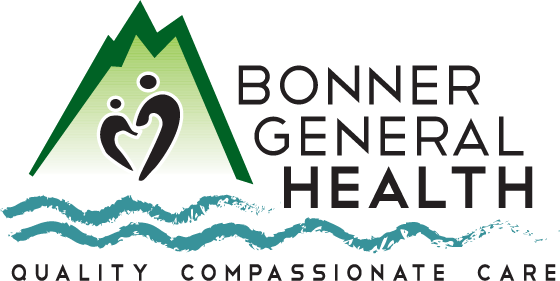By: Kathy Hubbard
“I wake up every single morning stiff, with a lot of pain all over my body, and it takes me at minimum two hours before I can really accomplish anything,” a person posted on Fibromyalgia Forums. Another member of the forum likened the symptoms to wearing a “concrete overcoat.”
And, another person wrote, “Sometimes when I’m having a bad flare up, I feel physically sick (nauseous, weak legs and arms, dropping things, struggle gripping things, hot and cold with sweats, really restless legs, sore or scratchy throat, tension in shoulders and headaches with a stuffy feeling,”
Fibromyalgia is often difficult to diagnose. It’s characterized by widespread musculoskeletal pain accompanied by fatigue, sleep, memory and mood issues.
“Researchers believe that fibromyalgia amplifies painful sensations by affecting the way your brain and spinal cord process painful and nonpainful signals,” Mayo Clinic explains.
Women are more likely to develop fibromyalgia than men, and symptoms often begin after a physical trauma, surgery, infection, or significant psychological stress. But then again, many times there’s no one triggering event. It can affect people of any age, even children, but most often starts in middle age, and the likelihood of symptoms increases with age. It occurs in people of all racial and ethnic backgrounds.
The National Institute of Arthritis and Musculoskeletal and Skin Diseases says “If you have other diseases, especially rheumatic diseases, mood disorders, or conditions that cause pain, you may be more likely to have fibromyalgia. These diseases include rheumatoid arthritis, lupus, ankylosing spondylitis, osteoarthritis, depression or anxiety, chronic back pain or irritable bowel syndrome.”
They also say that fibromyalgia tends to run in families which leads researchers to believe that certain genes are responsible, however, the disorder occurs in people with no family history. Go figure.
Also go figure, that people with the disorder have an increased sensitivity to pain, so they feel pain when others do not. NIH says, “Brain imaging studies and other research have uncovered evidence of altered signaling in neural pathways that transmit and receive pain in people with fibromyalgia. These changes may also contribute to the fatigue, sleep troubles and ‘fibro fog’ (cognitive issues) that many people with the disorder experience.”
An article on Medical News Today’s website says that viral infections may act as a trigger for fibromyalgia. “Evidence suggests that certain viruses have a higher incidence of triggering a flare. Viruses associated with fibromyalgia may include Epstein-Barr virus, hepatitis C, herpes and HIV. For example, evidence notes there is a high rate of fibromyalgia among individuals with HIV and chronic hepatitis C infections.”
They also say that there are some indications that Covid-19 and long-Covid may have links to fibromyalgia and worsening of symptoms. Researchers aren’t certain, but they think that the stress on the body due to a viral infection may trigger a flare-up.
“Viral infections can increase cortisol production. Cortisol is known as the stress hormone, and the body produces it in response to perceived danger or a stressful situation. The hypothalamic-pituitary-adrenal (HPA) axis is a hormone system that controls the production of cortisol.
“Evidence suggest that the stress response could lead to a dysfunction in the HPA axis, which may contribute to a flare of fibromyalgia. However, more research is still necessary to clearly understand the association between viral infections and fibromyalgia.”
Mayo says that your primary care provider will want to rule out other conditions that may have similar symptoms. That most likely will involve blood tests. You will most likely be tested for sleep apnea.
Then, the criteria the medico will use to diagnose fibromyalgia is you having pain, for at least three months, in at least four of these five areas: left upper region, including shoulder arm or jaw; right upper region, including shoulder, arm or jaw; left lower region, including hip, buttock or leg; right lower region, including hip, buttock or leg, and axial region which includes neck, back, chest, or abdomen.
Treatment for this disorder, which has no cure, includes medication and self-care strategies. “The emphasis is on minimizing symptoms and improving general health,” Mayo says. “No one treatment works for all symptoms, but trying a variety of treatment strategies can have a cumulative effect.”
If you need a primary care provider, Bonner General Family Practice is accepting new patients. Their phone number is 208-265-2221.
Kathy Hubbard is a member of the Bonner General Health Foundation Advisory Council. She can be reached at [email protected]. This article was written for publication in the Bonner County Daily Bee on October 9, 2024.
